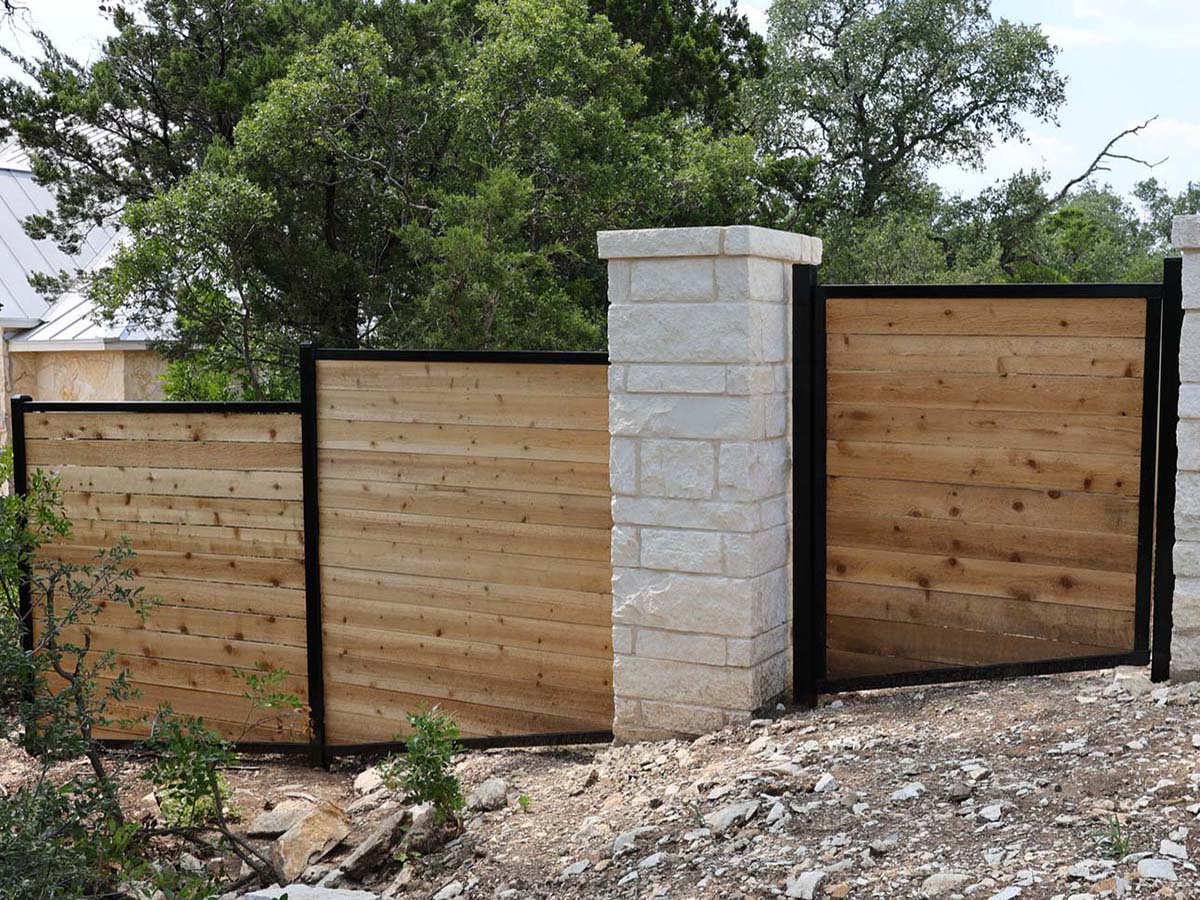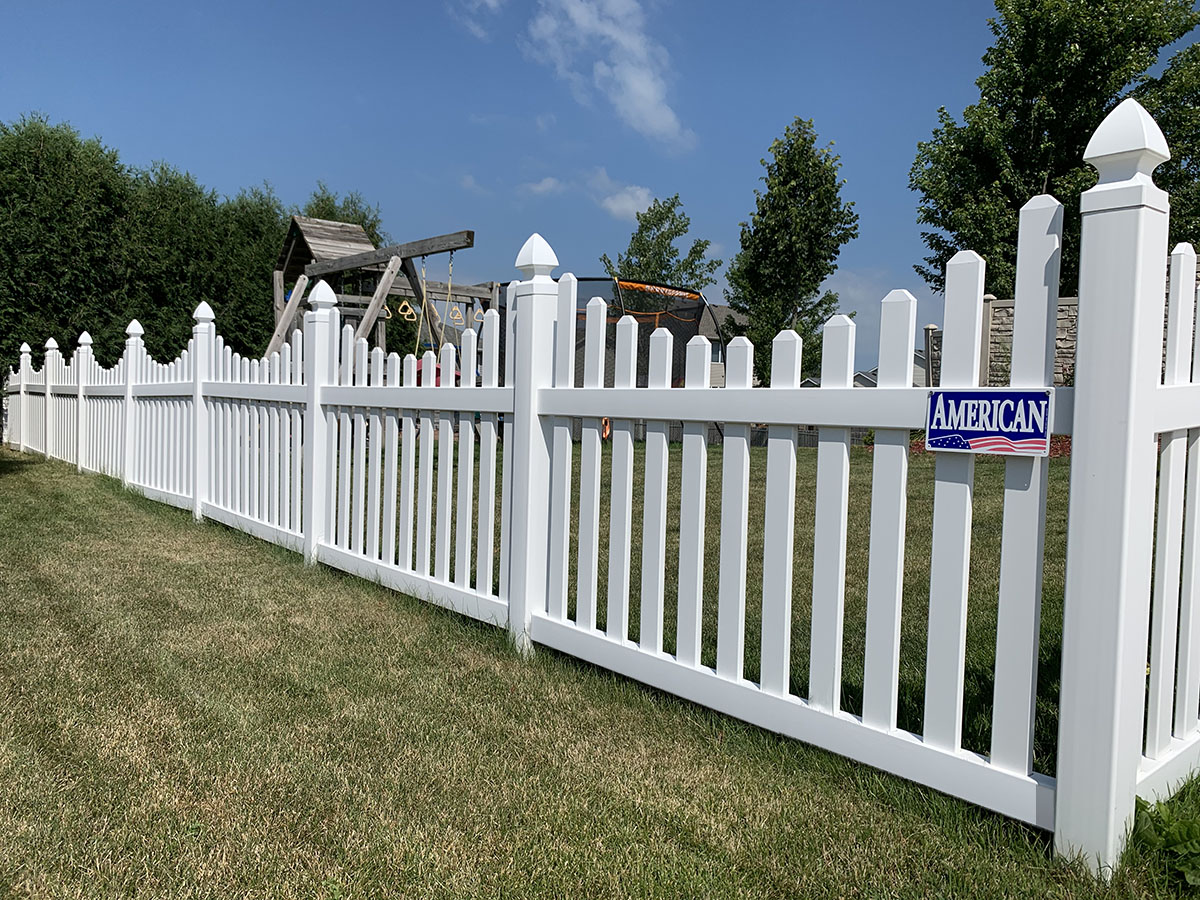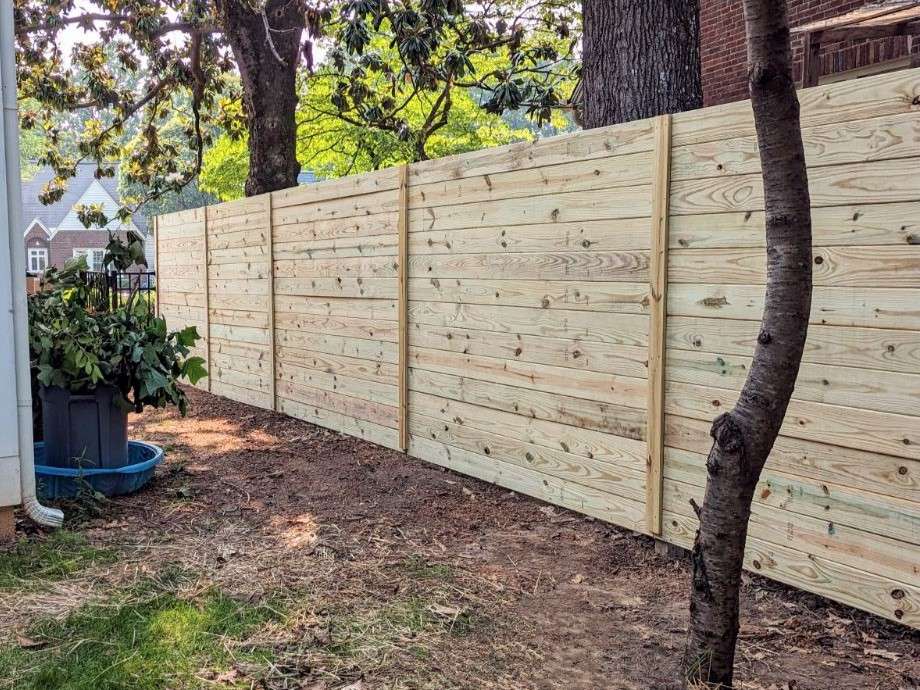Featured

As services and home owners alike become much more environmentally mindful, finding lasting and eco-friendly fence products is a crucial factor to consider. Whether you're wanting to construct a fence for personal privacy, protection, or aesthetic allure, picking products that minimize your ecological impact can aid protect the earth. In this article, we will check out several eco-friendly fence choices, each offering distinctive benefits for your building and the atmosphere.
- Bamboo Fencing: A Renewable Source. Bamboo is extensively recognized as one of the most environmentally friendly and sustainable secure fencing materials offered today. As a lawn rather than a tree, bamboo expands rapidly and can get to complete maturity in simply 3 to 5 years, making it a very renewable energy.
Environmental Benefits: Bamboo takes in more co2 than many various other plants, aiding balance out greenhouse gases. Additionally, bamboo requires minimal chemicals and fertilizers, making it a much healthier option for the environment. Durability: Properly dealt with bamboo is resistant to insects and wetness, indicating it can hold up against the components much better than other timber alternatives. Visual Charm: Bamboo provides a tidy, modern look that functions well with numerous landscape design designs, from exotic yards to contemporary metropolitan styles. While bamboo fence is sturdy, it does require appropriate like preserve its long life, such as regular cleansing and regular sealing.
- Recycled Wood Fence: Providing New Life to Old Materials. Recycled wood is an excellent green selection for those who desire the all-natural beauty of timber fence without contributing to logging. This product is usually sourced from old buildings, pallets, or various other repurposed wood items, minimizing the demand for freshly gathered lumber.

Ecological Benefits: Making use of recovered timber helps minimize the requirement to lower brand-new trees and can likewise avoid beneficial materials from ending up in landfills. Resilience: Relying on the sort of wood and therapy it receives, recycled timber fences can be just as durable as brand-new wood, specifically if maintained appropriately with sealers and weatherproofing. Aesthetic Appeal: Recycled timber fences carry a rustic appeal and can be stained or painted to fit your individual style. The major consideration with recycled wood is its upkeep. In time, wood can end up being prone to rot, insect damage, and weathering, so normal maintenance is required to expand the life of your fence.
- Metal Fencing: Recyclable and durable. Aluminum and steel secure fencing, especially when sourced from recycled products, uses a solid, eco-friendly alternative to conventional wood fence. These metals are 100% recyclable, indicating they can be repurposed indefinitely without shedding quality.

Environmental Benefits: Metals like aluminum and steel lower the demand for brand-new mining and resources extraction, both of which have significant environmental effects. In addition, reusing steels needs less energy compared to developing brand-new metal from basic materials. Resilience: Metal fences are unbelievably strong, immune to weathering, and require little maintenance compared to wood choices. Visual Appeal: Metal fences can be designed in sleek, modern-day styles, or more typical looks, supplying convenience for any type of property. While steel fencings are sturdy and low-maintenance, they are not as reliable at giving personal privacy compared to timber or plastic choices as a result of the rooms in between the bars or slats.
- Living Fencings: Natural and Environment-friendly. Living fences, made from dense hedges, shrubs, or trees, supply a environmentally pleasant and all-natural choice to standard fence. Not just do they produce a privacy obstacle, however they additionally add to the atmosphere by sustaining wildlife and improving air top quality.
Environmental Benefits: Living fencings soak up carbon dioxide, improve soil high quality, and provide environments for birds and other wildlife. In addition, they reduce environmental pollution and improve air quality by filtering system contaminants. Durability: While living fencings call for even more upkeep than other products (e.g., pruning, watering), they can be incredibly resilient if correctly kept. Aesthetic Allure: Living fencings produce a gorgeous, natural boundary that enhances the landscape and offers a one-of-a-kind and natural look contrasted to standard fencing choices. The vital disadvantage of living fences is that they need ongoing upkeep and care, including regular trimming and pest control.
- Hemp Fencing: Sustainable and solid. Hemp is a fast-growing and sustainable plant that can be made use of to create strong, green fence. Hemp fencing is made from all-natural hemp fibers, which are durable, eco-friendly, and resistant to bugs.
Ecological Benefits: Hemp proliferates and calls for little water or chemicals. It likewise assists withdraw carbon, minimizing greenhouse gases in the environment. When the fence is no more needed, hemp is naturally degradable and can be composted. Resilience: Hemp is naturally immune to mold and mildew and parasites, which assists it stand up to various climate condition and stay clear of making use of harsh chemicals. Sustainability: Hemp farming is much less resource-intensive compared to various other crops and aids maintain dirt wellness with crop rotation. Hemp fences are a relatively brand-new choice on the marketplace, and they might not be as commonly offered as various other materials. In addition, they may not be as commonly utilized for high-security applications.
Final Thought: Choose Eco-Friendly Secure Fencing for a Lasting Future. There are numerous eco-friendly fencing materials to think about, each offering one-of-a-kind benefits for your residential property and the setting. Whether you select bamboo, recycled wood, steel, living fences, or hemp, each choice allows you to create a attractive and useful limit while lowering your environmental impact. By picking sustainable materials, you add to a greener future and sustain the expanding movement toward responsible construction and landscape design techniques.
Latest Posts
Searching for the Top Car Repair in St. Louis? Experience Superior Care at Car-X St. Louis
Published May 14, 25
1 min read
Bring Your Vision to Life with Full Circle Strategic Marketing Advertising and marketing's Video Manufacturing
Published May 14, 25
1 min read
Explore High-Quality Car Maintenance near St. Louis – Quality Care Awaits
Published May 14, 25
1 min read
More
Latest Posts
Searching for the Top Car Repair in St. Louis? Experience Superior Care at Car-X St. Louis
Published May 14, 25
1 min read
Bring Your Vision to Life with Full Circle Strategic Marketing Advertising and marketing's Video Manufacturing
Published May 14, 25
1 min read
Explore High-Quality Car Maintenance near St. Louis – Quality Care Awaits
Published May 14, 25
1 min read